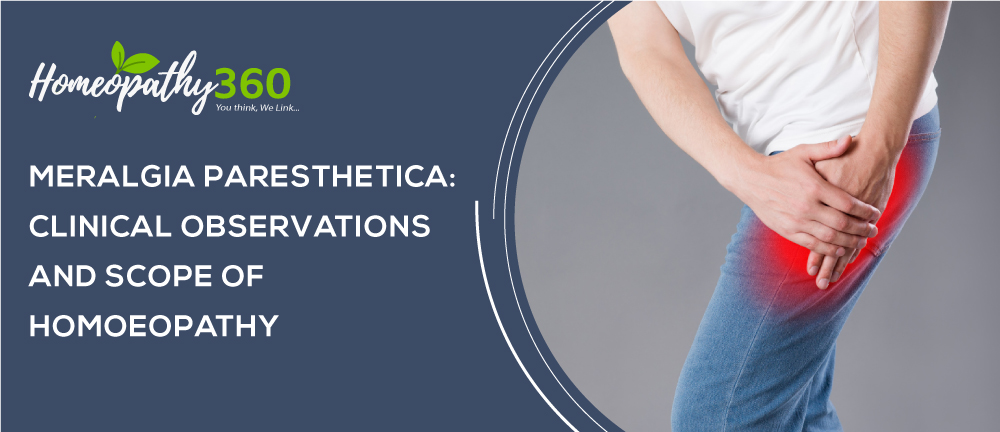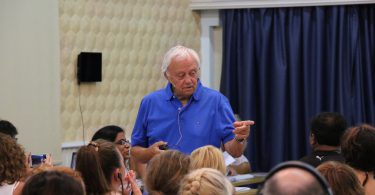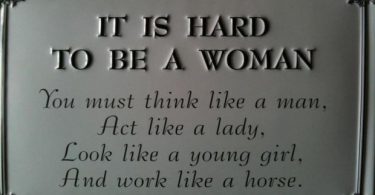
“The long-term benefit of homeopathy to the patient is that it not only alleviates the presenting symptoms but it reestablishes internal order at the deepest levels and thereby provides a lasting cure”-Dr. George Vithoulkas.
ABSTRACT
Background: This article includes the clinical understanding of meralgia paresthetica along with the homoeopathic therapeutics.
Methods: Various literature and journals about meralgia paresthetica and their homoeopathic approach are reviewed.
Conclusion: Helps to understand the scope of homoeopathy in treating the symptoms and improving the quality of life of patients suffering from meralgia paresthetica.
INTRODUCTION
Meralgia paresthetica is the entrapment of lateral femoral cutaneous nerve in the fascia just medial to the anterior superior iliac spine. The term meros means thigh and algo mean pain. It’s also known as Bernhardt-Roth syndrome. A precise understanding of mechanisms involved in its production and perception is necessary for implementing an appropriate management strategy.
EPIDEMIOLOGY
The incidence of meralgia paresthetica is more common now a day. It can occur in any age group but is frequently seen in 30-40 years of age. The prevalence of meralgia paresthetica is increasing because of the demographic shift in risk factors including obesity, jobs that require prolonged sitting, and fashion trends.
ANATOMY
The lateral femoral cutaneous nerve is a branch of upper lumbar roots. It passes through the pelvis, entering the leg at the level of the upper and lateral end of the inguinal ligament, it is at this point that entrapment can takes place. The symptoms, therefore, involve the territory of the nerve in the outer and upper surface of the thigh.
ETIOLOGY
- Mechanical
- Pregnancy
- Obesity
- Wearing tight clothing
- Different leg length
- Pubic symphysis dysfunction
- Carrying items such as wallet/cell phone in the front and side of pockets
- Metabolic
- Neuropathy from diabetes or alcoholism
- Hypothyroidism
- Lead poisoning
- Iatrogenic
- Prolonged traction during spine surgery/ injury to the nerve during retroperitoneal dissection.
SIGNS AND SYMPTOMS
- Tingling, Numbness, Burning pain in the outer thigh
- Decreased sensation
- Increased sensitivity and pain to even a light touch
- The majority of the time, the condition is unilateral
- Paraesthesia in the thigh can be initiated by tapping over the level of the inguinal ligament.
- Often the symptoms are aggravated by walking or standing for long periods and are relieved by sitting.
Each individual will be having their unique presentation and distribution of symptoms. This is supported by a study done by Seror and Seror who documented 120 diagnosed cases of MP using neurophysiological studies. They found that the lateral thigh was involved in 73%of cases and anterolateral in 26% of cases. The right thigh is involved in 51.6% of cases and the left thigh in 48.3%cases.
DIAGNOSIS
- Clinical diagnosis: Patient’s medical history can help the physician in diagnosing MP. A discussion of the type of clothing the patient wears (tight), usage of thick belts, or work garments that can lead to pinching at the ASIS can elicit whether symptoms are worse during their use.
- Nerve conduction study
- Plain radiograph of pelvis and hip to rule out OA of the hip joint and bone metastasis to the ileum
- MRI and CT can rule out disc herniation, nerve lesions, annular tears, or other spinal pathology
- Pelvic USG to rule out uterine fibroids
SCOPE OF HOMOEOPATHY
Homoeopathic medicines are effective in managing the condition of meralgia paresthetica. With the use of well-selected medicine as per the individual prominent symptoms, we can assure relief in both intensity and frequency of the symptoms
HOMOEOPATHIC MANAGEMENT
RHUS TOX
Tearing down the thighs. Sciatica worse cold damp weather, at night. Numbness and formication after overwork and exposure. Swelling stiffness and paralyzed sensations in joints, from sprains, over lifting, or stretching. The limbs on which he lies go to sleep. Lameness stiffness and pain on the first moving after rest, or on getting up in the morning better by constant motion.
CAUSTICUM
Left-sided sciatica, with numbness. Paralysis of single parts. Rheumatic tearing pains in the limbs are better by warmth, especially the heat of the bed. Pain in the loins renders the least movement exceedingly painful. Drawing pain and acute pulling in the thighs, the legs with swelling of the parts. Unsteady walk with a tendency to fall. Its use is indicated when the thigh pain is worse at night time.
ARNICA
Pain in back and limbs, as if bruised or beaten. Sprained and dislocated feeling. Soreness after over-exertion. Everything on which he lies seems too hard. Cannot walk erect, on account of bruised pain over the pelvic region. The soreness increases the longer he lies, and becomes so great that he is forced to move.
HYPERICUM
Aching pain and sensation of lameness in the small of the back. Stitches in the small of the back. The coccyx is painful, pain radiating up the spine and down the limbs. Aching in the sciatic nerve(left) after prolonged sitting.
LAC DEFLORATUM
It is a well-indicated medicine for cases where numbness over the outer side of the thighs is prominent. Intense pain in the small of the back and sacrum, commencing in the region of kidneys passing around on both sides above hips into groins, also downward from the renal region through the gluteal region, down part of thighs. The pain appears after stepping on the floor out of bed in the morning.
KALMIA
Pain down the back, as if it would break (lumbago); in localized regions of the spine. Lumbar pain, of nervous origin. Lameness in the lumbar region. It is prescribed when numbness along with nerve pain occurs. Neuralgic pains, that shoot downwards with numbness are characteristic of Kalmia.
COLOCYNTHIS
Sciatic pain, left side, drawing, tearing; better, pressure and heat; worse gentle touch. Pain down the right thigh; muscles and tendons feel too short; numbness with pain. Pain in the left knee joint.
GUAIACUM
Guaiacum is prepared from gum resin of tree Guaiacum officinale. Stiffness along the back, on one side only, intolerable on slightest motion, or turning the part, not noticed on touch or during rest. Tearing and shooting in one side of the back only. These symptoms are worse when walking and are better when sitting.
GNAPHALIUM
Cramps in the calves of legs and feet when in bed. Intense pain along the sciatic nerve, following its ramification. Chronic backache in the lumbar region. Better resting on the back. Lumbago with numbness of the lower part of the back and weight in the pelvis.
CONCLUSION
Homeopathic medicines are very effective in treating cases of meralgia paresthetica. Along with the use of these medicines, one also needs to follow some lifestyle modifications like avoiding wearing tight clothes, losing weight if are overweight, and avoiding standing / walking for long periods. It not only provides symptomatical relief but also helps to improve the quality of life in patients. The totality, therefore, is the only sound basis for the selection of remedies.
REFERENCES
- Homeopathic Treatment for Meralgia Paresthetica – DrHomeo [Internet]. Homeopathy at DrHomeo.com. 2022 [cited 18 June 2022]. Available from: https://www.drhomeo.com/homeopathic-treatment/homeopathic-treatment-for-meralgia-paresthetica/
- Harney D, Patijn J. Meralgia Paresthetica: Diagnosis and Management Strategies. 2022.
- Maheshwari J, Mhaskar V. Essentials of Orthopedics. DL: Jaypee Brothers Medical Publishers(jaypee); 2015.
- Ruane JJ, Bring BV. Meralgia Paresthetica—A Common Cause of Thigh Pain Meralgia paresthetica is caused by impingement of the lateral femoral cutaneous nerve. Careful history can help identify this mononeurapathy and lead to successful treatment.
- Cheatham SW, Kolber MJ, Salamh PA. Meralgia paresthetica: a review of the literature. International journal of sports physical therapy. 2013 Dec;8(6):883.
- Kent J. Lectures on homœopathic materia medica. New Delhi: Jain Pub. Co.; 2012.
- Boericke W. Pocket manual of homoeopathic materia medica & repertory.
- Clarke J. Dictionary of materia medica. Essex, England: Health Science Press; 1982.
About Author:
Dr Riya Susan George
Part 1 Md
Dept of Organon of Medicine and Homoeopathic Philosophy
Father Muller Homoeopathic Medical College, Mangalore



